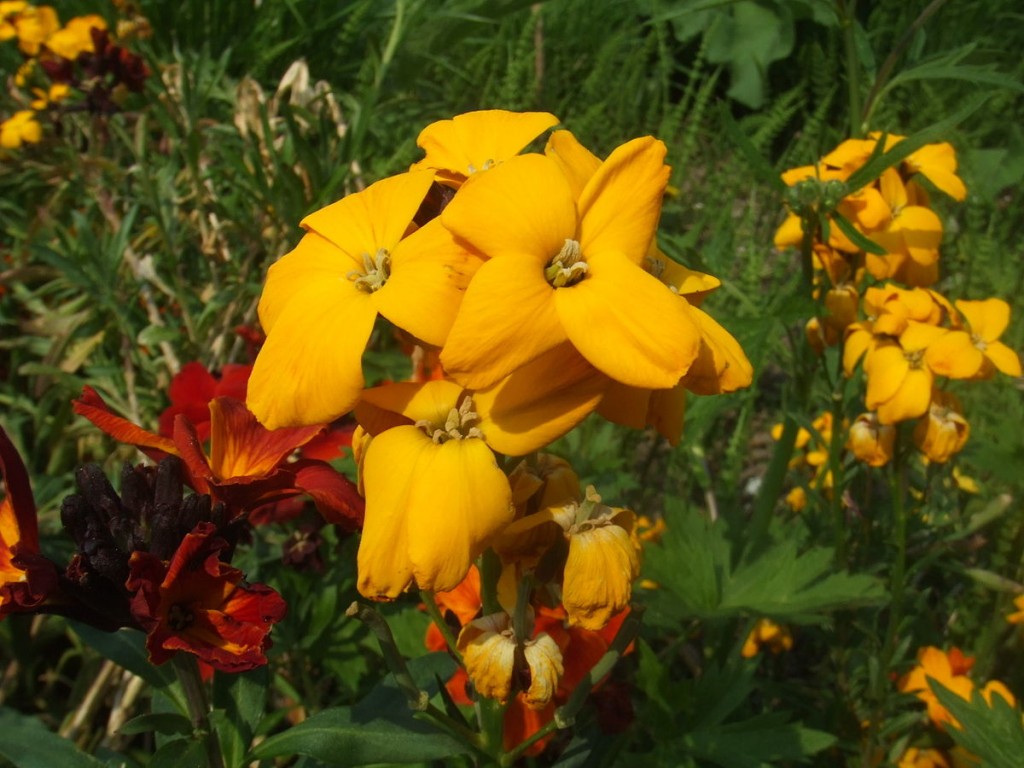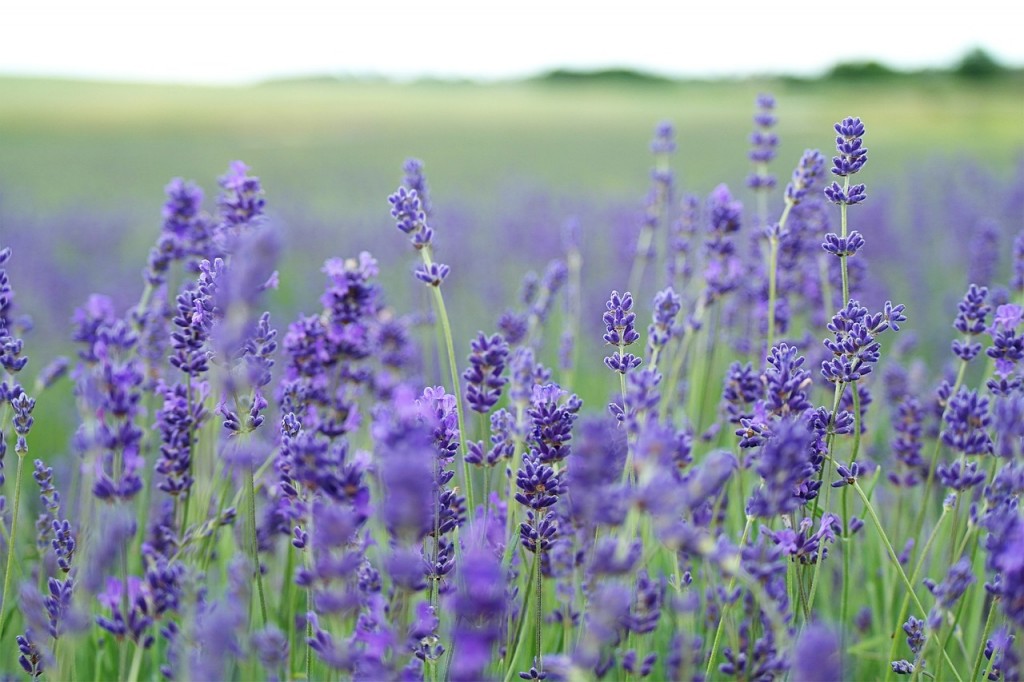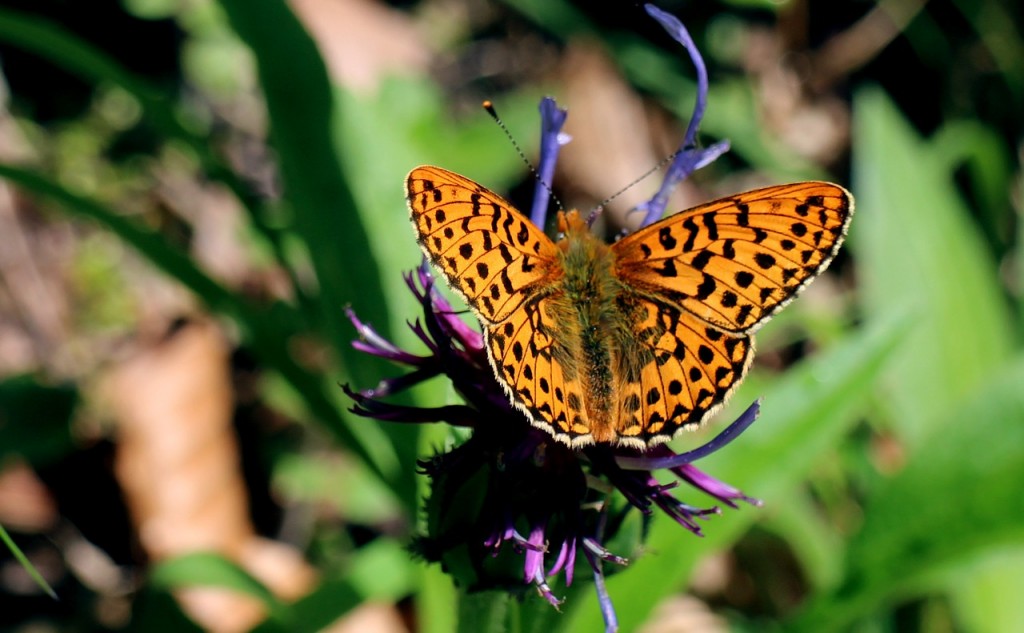For those that want to help the plight of the UK’s butterfly population, you can support many species of butterfly by encouraging them into your garden.
If you want to do so, it’s important to know what kind of plants attract butterflies into certain areas. Adult butterflies will take and feed on nectar from a wide variety of flowers – both wild and garden.
Many tend to base their activity around flowers that are growing in warm, sheltered areas.
Gardeners are encouraged to grow butterfly friendly plants and flowers from March through until the weather begins to frost at the end of the butterfly season.
Butterfly friendly plants
Tagetes patula

Otherwise known as the French marigold, the flower is native to Mexico and Guatemala, but also grows well when planted in late spring.
The plant needs moderately fertile and well-drained soil that is fully exposed to sunlight. It is important to water the plant during dry spells.
French Marigolds provide daisy-like clusters of tube flowers that are surrounded by single or double rows of petals, offering an apt landing site for any medium-sized butterfly.
Erysimum cheiri

One of the best known plants in British gardens, the wallflower ‘Sunset Primrose’ can be grown in a variety of environments and even in poor to moderately fertile soil that is well drained, alkaline, and in full sun.
Like the French marigold, Sunset Primrose can be sown in late spring and early summer, coming to flower in mid-autumn.
The Sunset Primrose is mostly enjoyed in flower borders, beds and informal settings, and is a popular choice for those looking to attract both butterflies and bees.
Mentha spicata

Grown in a range of temperate climates, spearmint is often grown in pots and planters, usually in partial shade.
For those who want to plant within the ground, spearmint prefers moist but well-drained soil – but it is worth bearing in mind that the plant can be invasive, so it is important to restrict its roots if possible.
Spearmint can be used to attract a number of pollinators to the garden.
Lavandula angustifolia

A native of the Old World, Lavender is traditionally found from Cape Verde and the Canary Islands, throughout Europe, across northern Africa and in southwest Asia and India.
An evergreen shrub, the lavender plant is aromatic and enjoys well-drained soil in a mostly sheltered environment.
A cornerstone of iconic gardens, lavender is often found to be a magnet for bees and butterflies alike.
But what else can you do to help butterflies?

Aside from planting a new variety of plants and flowers in your garden, you can also do small acts of good on a day-to-day basis to help encourage the insects into your garden.
For example, in late summer, many butterflies will feed on the fruit juices from fruits that have fallen from trees.
So by leaving one or two apples, plums or pears on the ground, you could help feed one or two needy butterflies.
But you could cater for caterpillars too:
By planting a range of other plants in your garden, you could also help butterflies during their caterpillar stage:
- Holly and ivy will attract Holly Blue caterpillars.
- Thistles will attract Painted Lady eggs.
- Alder buckthorn and purging buckthorn will attract Brimstone butterfly caterpillars.
- Birdsfoot trefoil will attract Common Blue butterflies.


